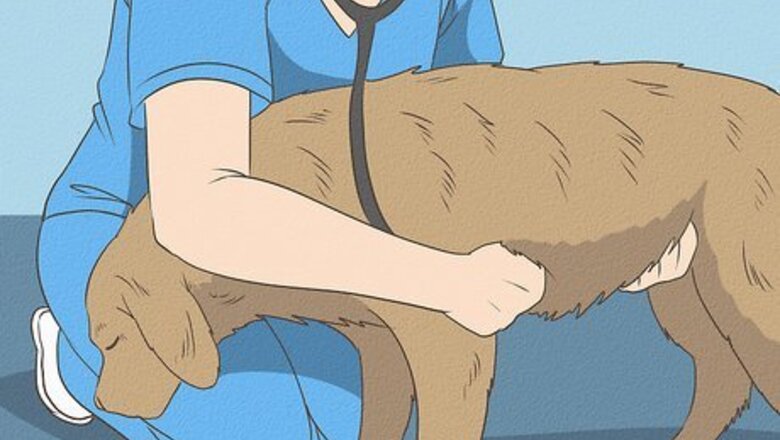
views
Checking Your Dog's Health
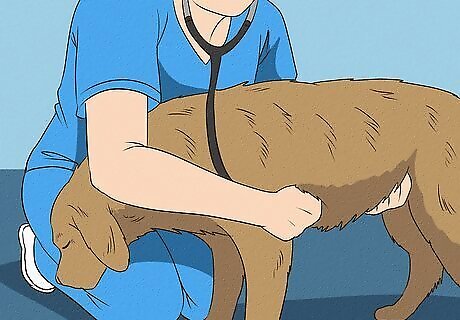
Have your dog's digestive system checked by a veterinarian. A small percentage of poop-eating dogs are suffering from medical conditions that make them do atypical things. A dog suffering from a lack of digestive enzymes may crave to eat feces because it is lacking the ability to properly digest its food and looks to reclaim those vital nutrients. Another example of a medical problem causing coprophagia (poop eating) is an overgrowth of bacteria in the bowel, which leads to a vitamin deficiency in the bowel wall. In order to correct this deficiency the dog then craves poop. Typically, both these conditions are associated with soft or liquid feces, since the dog cannot digest food properly. However, normal stools do not rule out all the health issues.
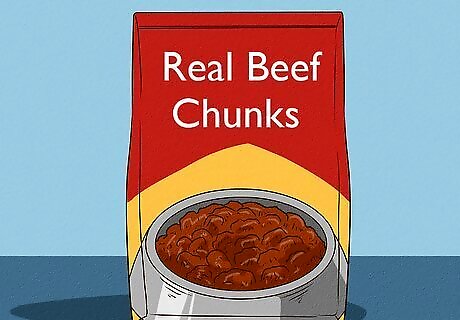
Optimize your dog's diet. If the dog's diet is lacking in nutrition it can all lead to coprophagia. A hard to digest diet that is high in cereal may cause some dogs to seek poop to eat in order to supplement their diet. Switch to a high quality food that has a named meat at the top of the food label. Make sure you are feeding the recommended amount (not too much or too little) so that the dog is not hungry.
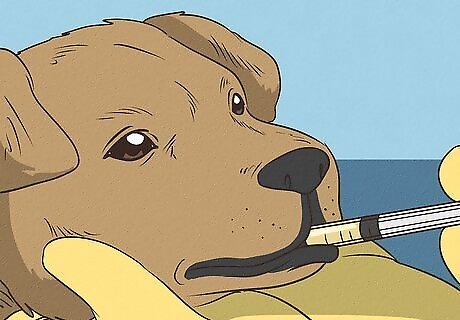
Treat worms, if your dog has them. Intestinal worms rob the dog of vital nutrition, which it may try to reclaim by eating poop. Worm your dog with a good multi wormer (these are usually prescription only) against all classes of worms (roundworms, whipworms, and tapeworms).
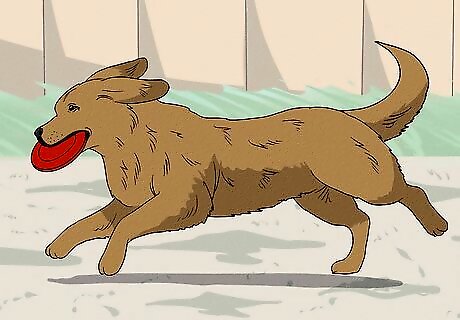
Make sure your dog isn't bored. A bored or frustrated dog may make their own amusement, which includes seeking out and eating poop! Make sure your dog has plenty of exercise and interactive play in order to stop boredom, leading to unpleasant habits.
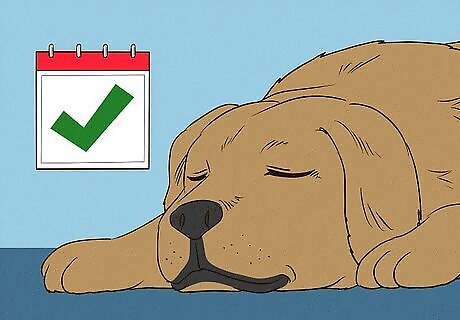
Give some time for medical issues to clear up. You have a healthy dog that is dewormed and exercises regularly, but it still eats cat poop. Be aware, that some things are habit forming and that includes coprophagia. It can take a few weeks after any underlying problems have been addressed for the dog to stop.
Preventing Access to Cat Poop
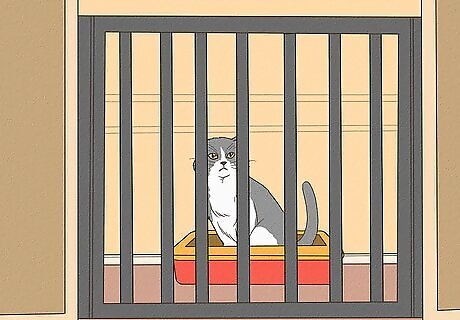
Relocate the litter tray. Sometimes it is best to help your dog by eliminating the temptation to misbehave. With this in mind, if you can, put the cat's litter tray in a room that the dog has no access to. Consider barring the doorway with a child-gate, so that the cat can jump over the gate but the dog's path is blocked. For large dogs or those adept at jumping, consider installing a cat flap in the door to that room and keeping it shut. If you have a small dog, fit a microchip activated cat door and only program in the cat's number so that the dog is denied access. Obviously, make sure the cat is well aware of the tray's new location.
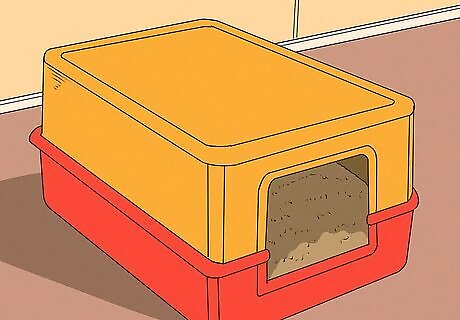
Use a covered litter box. Instead of using an open tray, consider using a hooded one. This makes it physically more difficult for the dog to get to the cat poop. In fact, there are trays that are top-entry only, making them accessible to fit young cats (probably not a good idea for elderly or arthritic cats) but not the dog. Be aware that some cats dislike using covered litter boxes, in which case consider a different option.
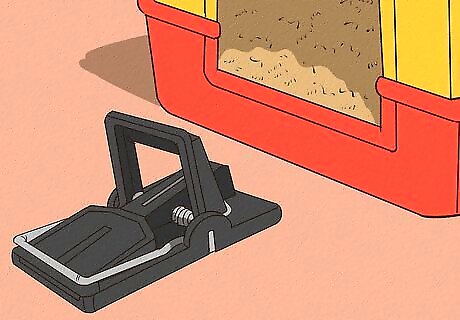
Booby trap the litter box. The idea is to make something unpleasant happen when the dog approaches the tray. This could mean placing a motion-activated canister of compressed air beside the tray so it fires as the dog approaches, or improvising snap-traps on the ground around the tray so they snap as the dog gets close. This needs to be done with care and perfect timing, or you may accidentally surprise the cat which could put dissuade it from using the tray. Do not leave these traps in place permanently or you could upset the cat.
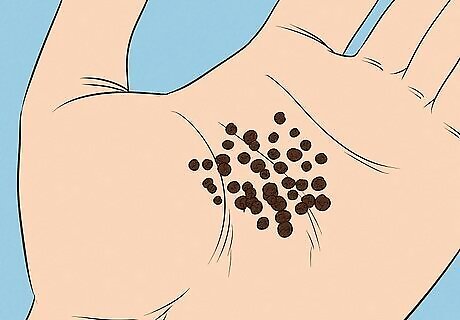
Make the feces unpleasant for the dog. Consider making the cat feces less appealing by making them unpleasant. There are many commercial products available that are designed to be added to food, in order to make the resultant feces taste unpleasant. This has a couple of drawbacks. The additive goes onto the cat's food and cats are notoriously fussy eaters, and may refuse to eat the adulterated food. In addition, dogs have a relatively poor sense of taste and may not find the altered poop all that unpleasant (after all, how much worse can it be?) Instead, it could be more effective to make the feces unpleasant when smelled. Dogs have a sensitive sense of smell and sniffing usually precedes the eating. Liberally coat the feces with pepper. When the dog sniffs the poop the pepper will make it sneeze and prove unpleasant. Do not expect the dog to stop right away. It can takes weeks of constant sneezing to eventually give it up as a bad job.
Training the Dog
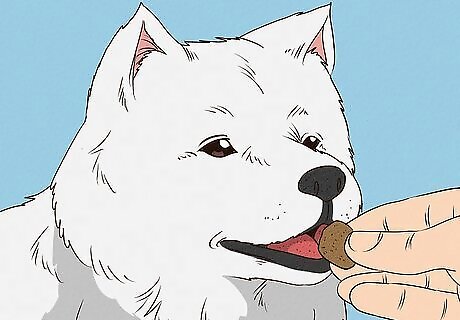
Be gentle when stopping the behavior. Be aware that swooping in and removing the cat poop as the dog is going to it can backfire. It simply serves to increase competition for the poop. It is better to let the dog investigate but then distract it and reward its redirected attention.
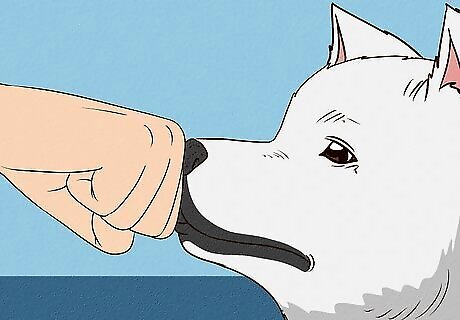
Train the dog to leave the cat poop and "come away." One method is to hold a treat in your fist and let the dog sniff the fist but not have the treat. When the dog eventually gives up sniffing the closed fist and turns its head away, say "come away", and give it a treat (not the one in the fist). Eventually the dog will learn that no matter how tempting the forbidden treat, when you say "Come away" there is a guaranteed goodie waiting for it.
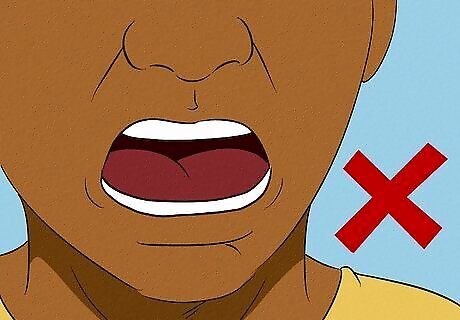
Never punish the dog. Never rub the dog's face in feces and never physically or verbally abuse the dog. The dog's actions may be annoying, and disgusting, but you need to act strategically in order actually change the behavior. Yelling and getting visibly angry will only teach the dog to fear you and to become more secretive in its activities.


















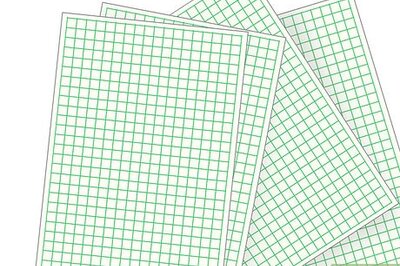
Comments
0 comment